If you’re dealing with pain from the elbow down—whether caused by repetitive typing, lifting, or reaching—you know how disruptive it can be to daily tasks. Forearm tightness, grip weakness, and tendon overload often develop because we rely heavily on our arms throughout the day. At The PT Zone, our treatments reduce tissue tightness, decrease inflammation, and improve grip strength, so you can return to work or hobbies without constant discomfort.
- Alleviate tight forearm muscles to restore flexibility and comfort
- Decrease inflammation to reduce pain and swelling
- Increase tissue length and improve range of motion
- Strengthen grip and stabilize the shoulder girdle to support smaller joints
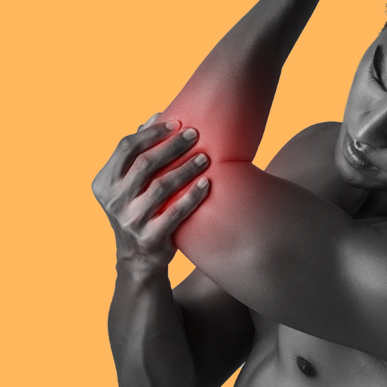
Let us help you move freely and
comfortably again
Elbow, wrist, and hand injuries can limit almost every aspect of your day, from grabbing a coffee mug to typing at your desk. Overuse syndromes like tennis elbow or carpal tunnel, as well as acute strains, can cause nagging pain and weakness. At The PT Zone, we target the source of these issues by reducing muscle tension, improving tendon health, and building shoulder stability to offload smaller joints.
Our customized approach includes manual therapy, stretching, and strength exercises to address tightness and restore optimal function. By retraining movement patterns and bolstering the entire upper extremity, we help you recover safely and prevent future setbacks. Whether you need relief from repetitive strain or are rehabbing an injury, our goal is to make your daily activities painless and enjoyable again.
Once essential arm function is restored, we’ll guide you through progressions to enhance grip endurance, refine coordination, and ensure your upper body can handle the demands of your lifestyle or occupation without reinjury.
Our Therapies for Elbow, Wrist, & Hand Injury Recovery:
Your arms power so much of what you do—let’s help them feel strong, flexible, and ready for any challenge.
-
Balance Training
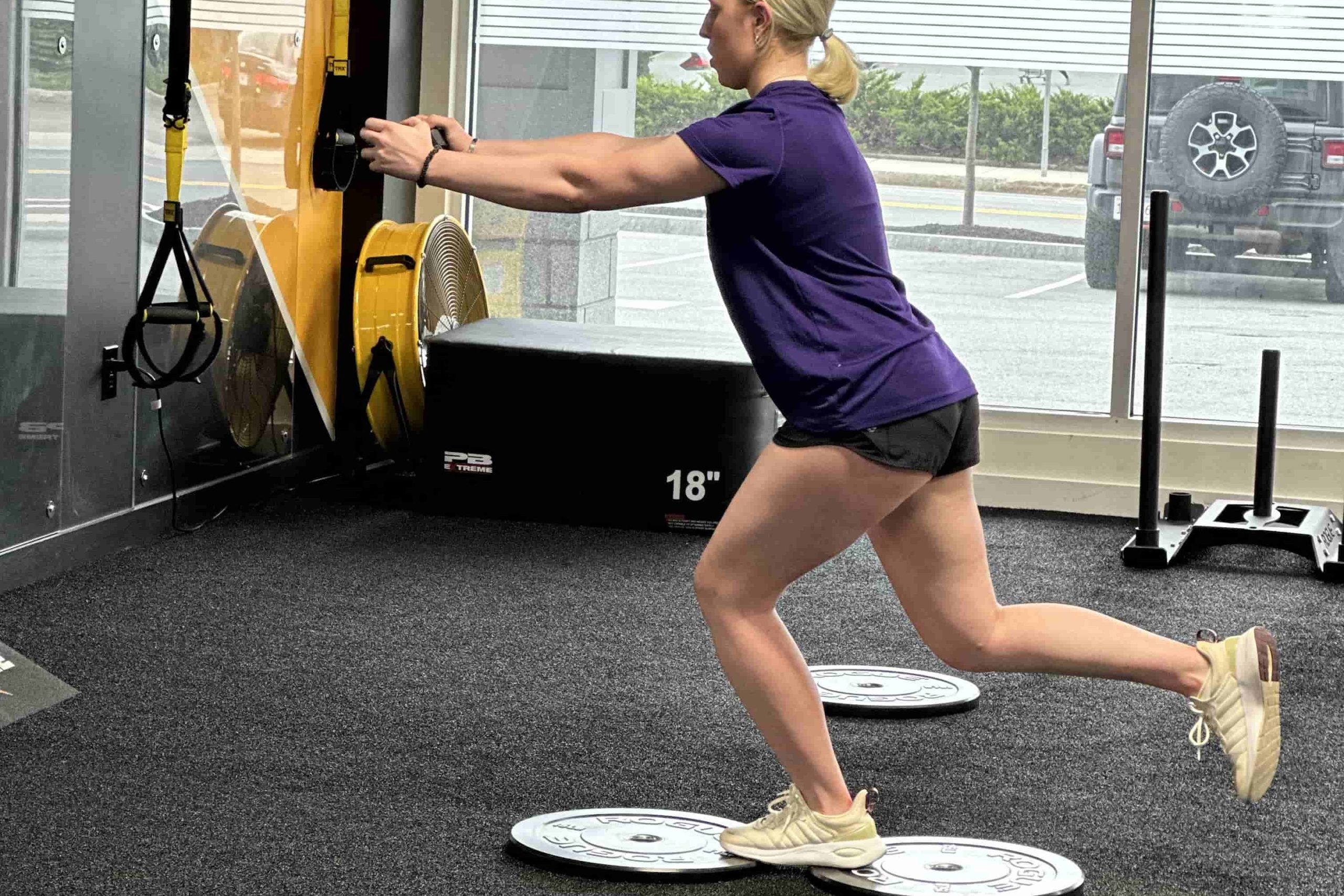
Balance Training is a specialized approach that strengthens stabilizing muscles, enhances coordination, and reduces fall risks, ultimately improving posture and promoting confident movement.
-
Certified Manual Therapy
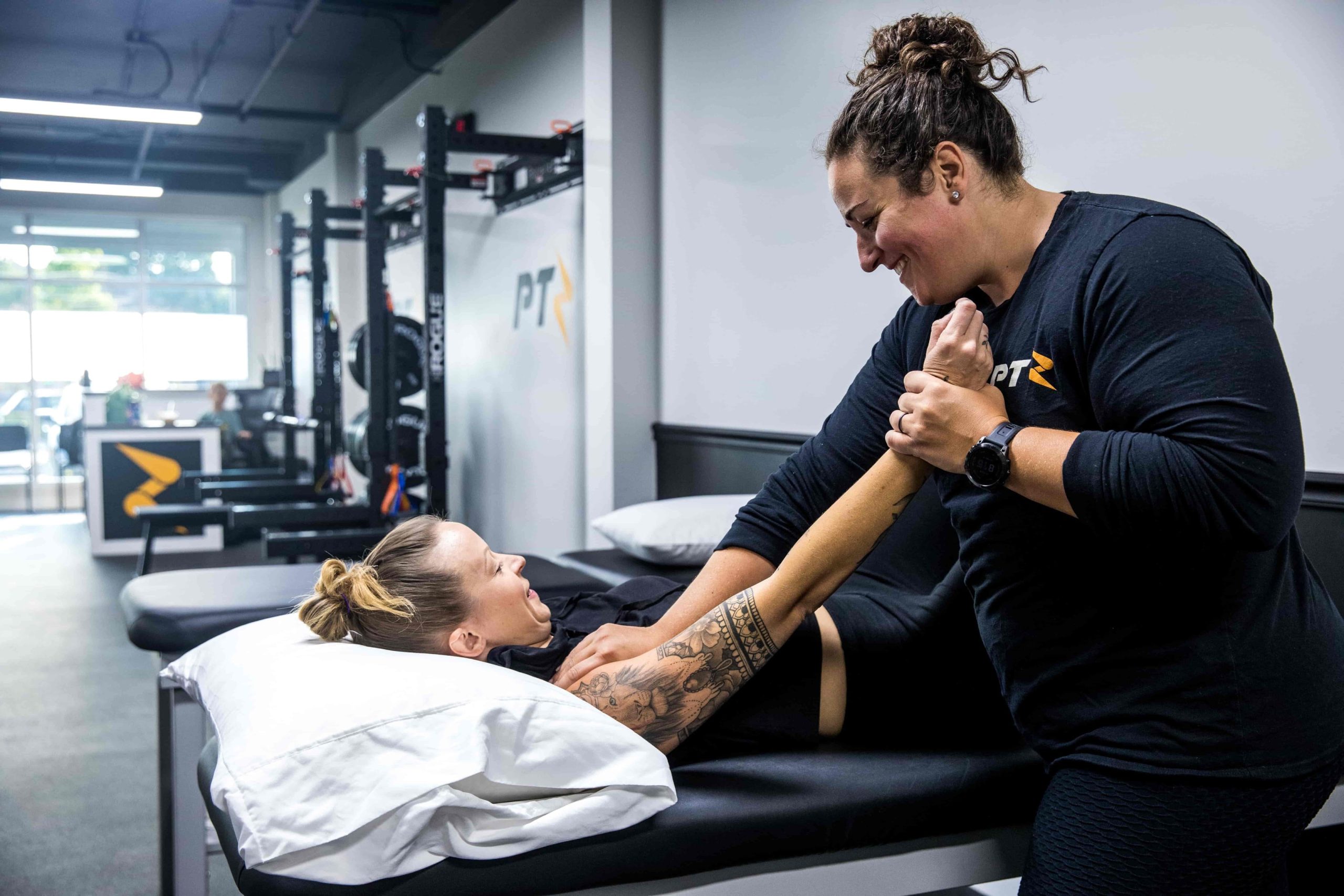
Certified Manual Therapy is a hands-on approach that addresses joint, muscle, and connective tissue dysfunction, reducing pain, improving alignment, and promoting faster, more efficient recovery.
-
Cupping

Cupping therapy is an ancient healing technique that uses suction to enhance circulation, relieve muscle tension, and promote the body’s natural recovery process.
-
Dry Needling
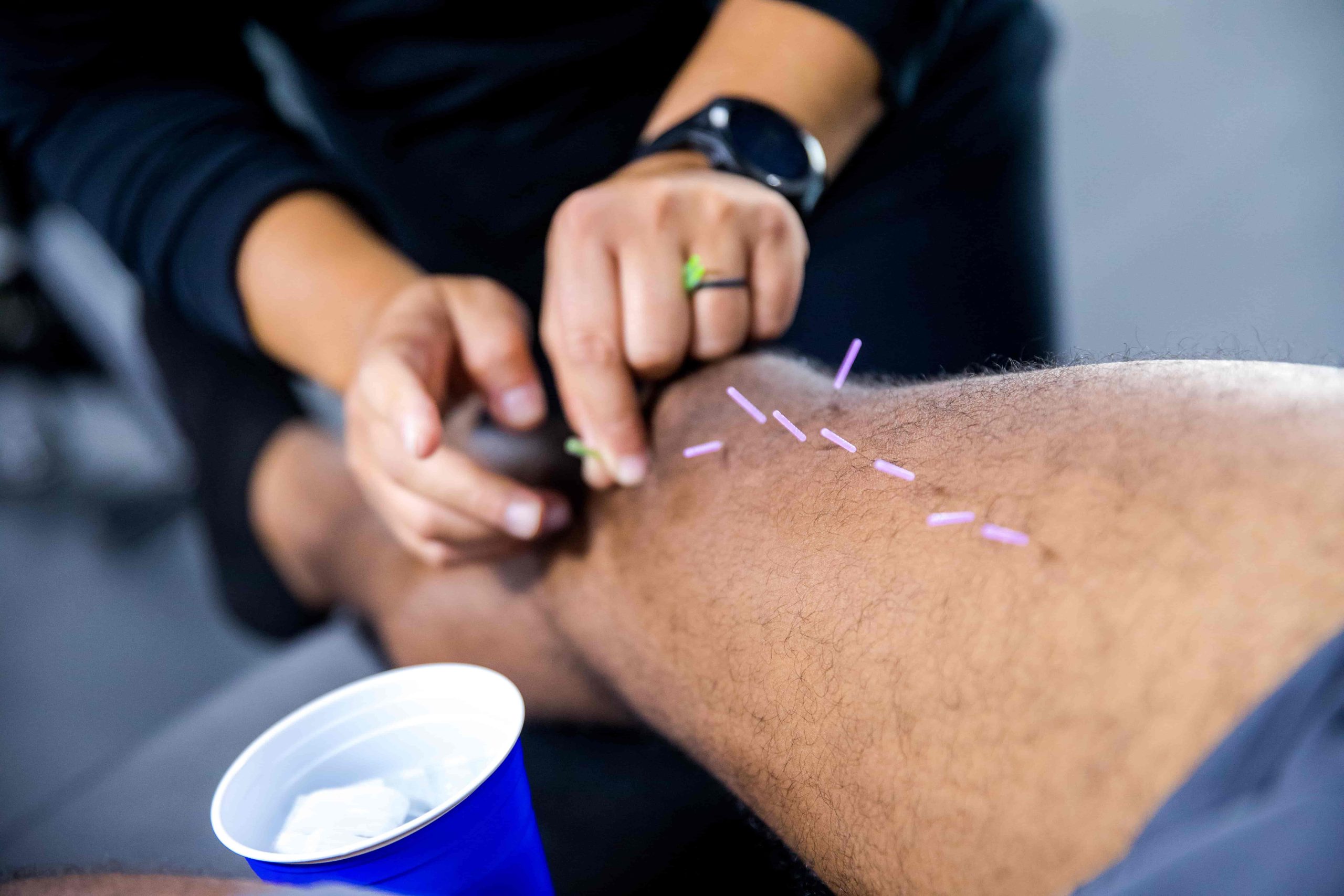
Dry needling is a modern therapy that targets muscle trigger points with thin needles to relieve pain, reduce tension, and restore mobility.
-
Gait Training
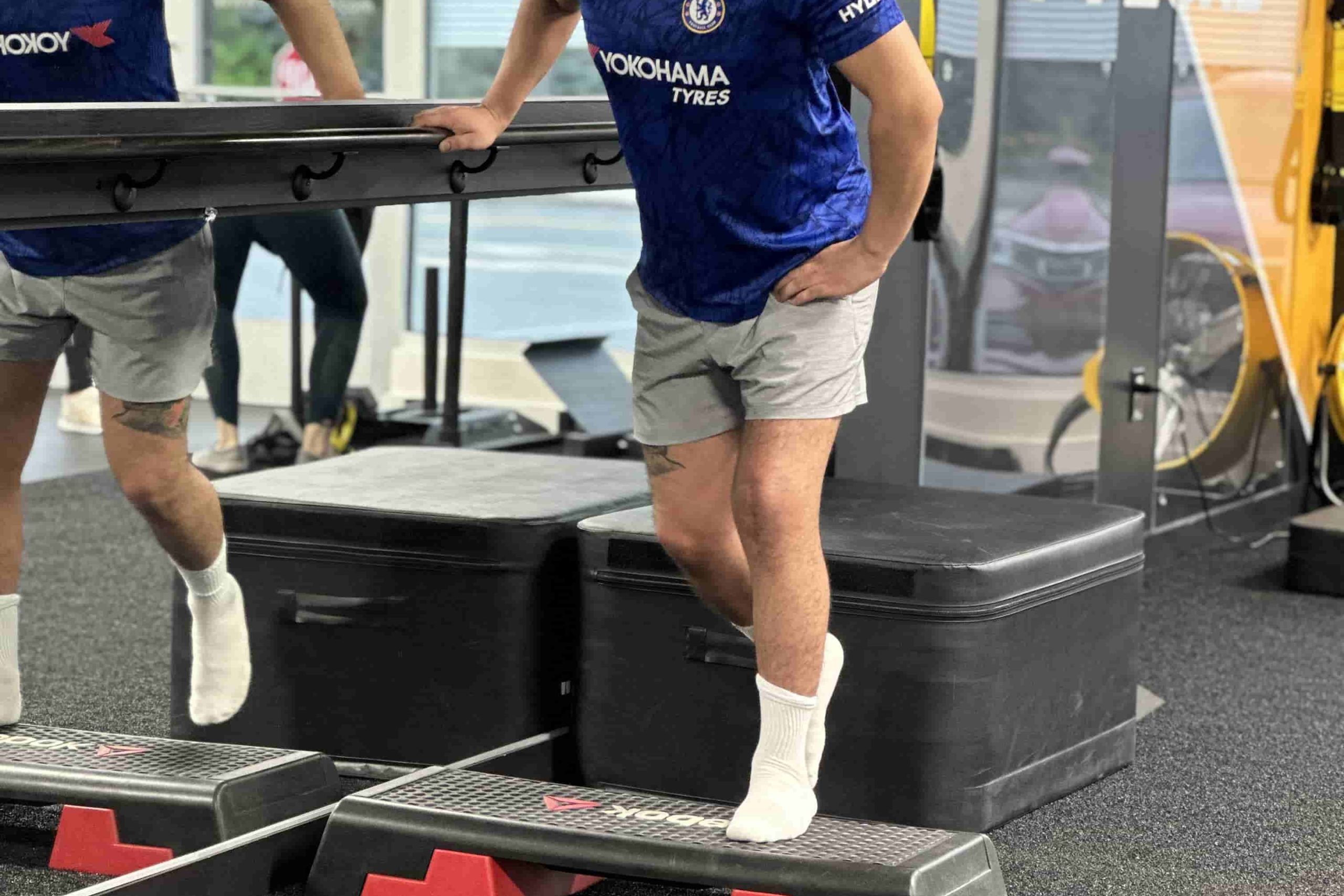
Gait Training is a specialized approach that enhances walking mechanics, improves lower-limb strength, and reduces re-injury risks, ultimately promoting more efficient movement.
-
Graston Technique

Graston Technique is a specialized manual therapy that uses stainless steel instruments to break down scar tissue, improve mobility, and accelerate healing.
-
Kinesiotaping
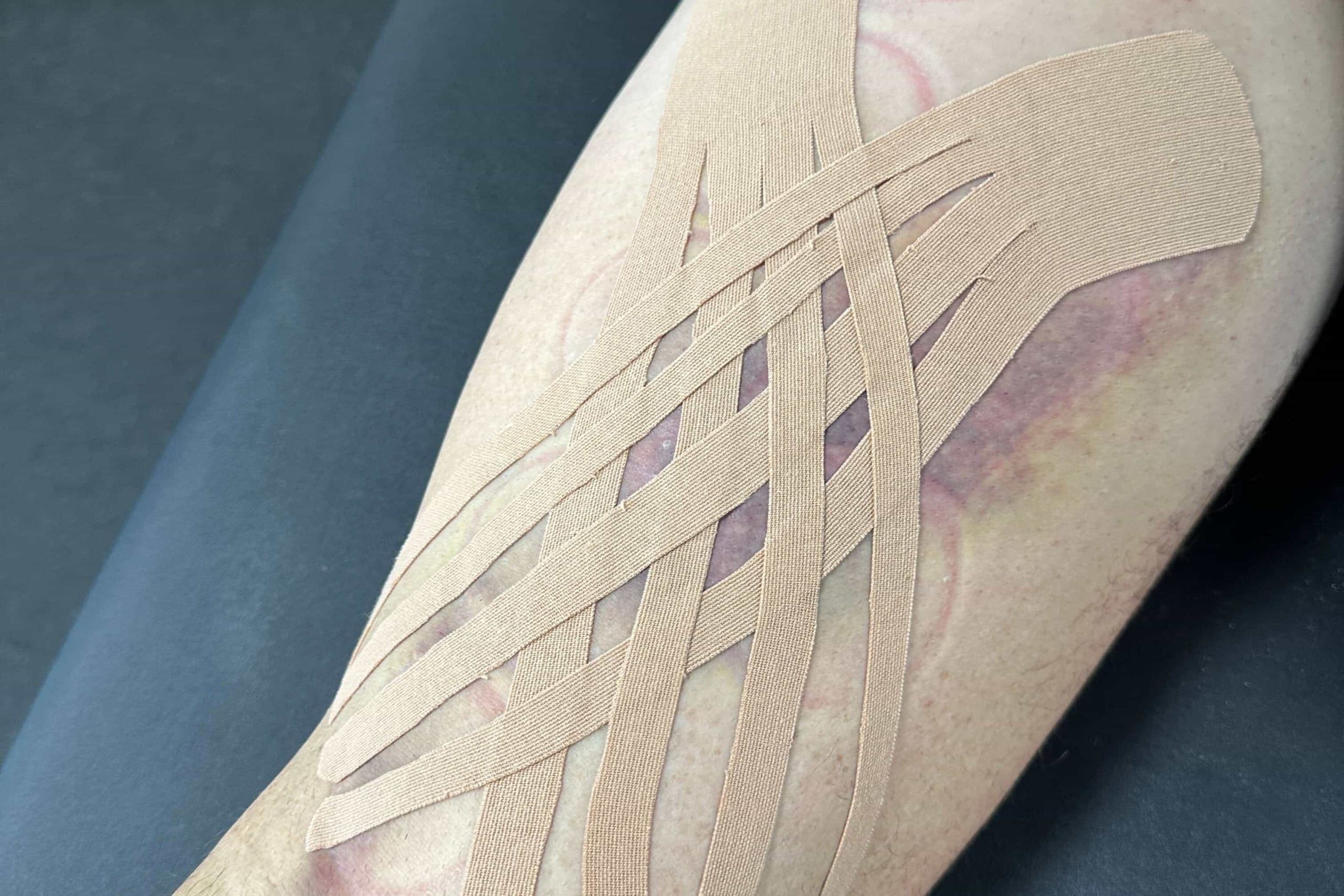
Kinesiotaping is a flexible taping method that provides gentle support, improves circulation, and helps maintain natural movement for a more comfortable and effective recovery.
-
Manual Traction
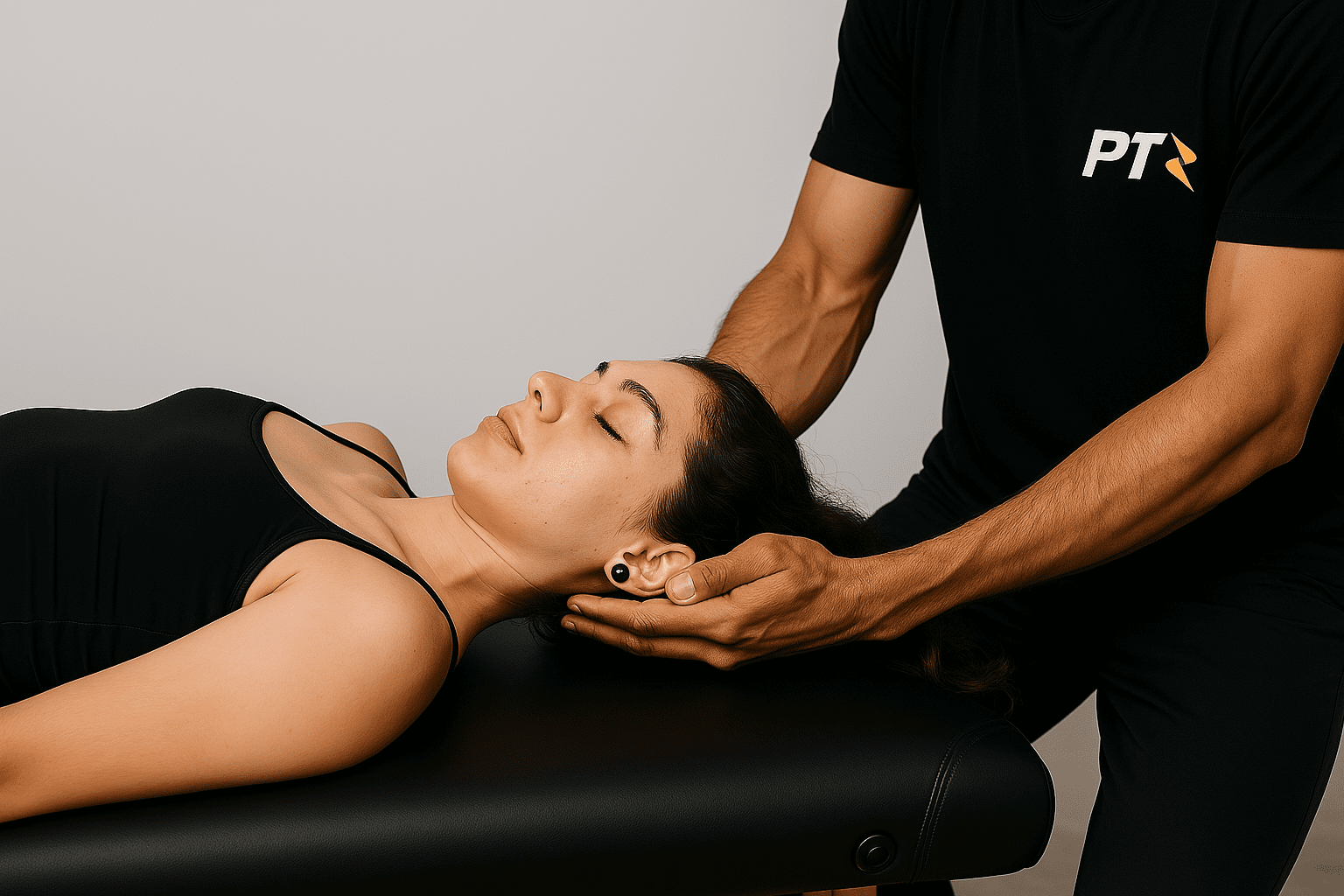
Manual Traction is a gentle, hands-on method used to decompress the spine, relieve pressure on discs and nerves, and improve overall comfort and mobility.
-
Post-Surgical Rehab
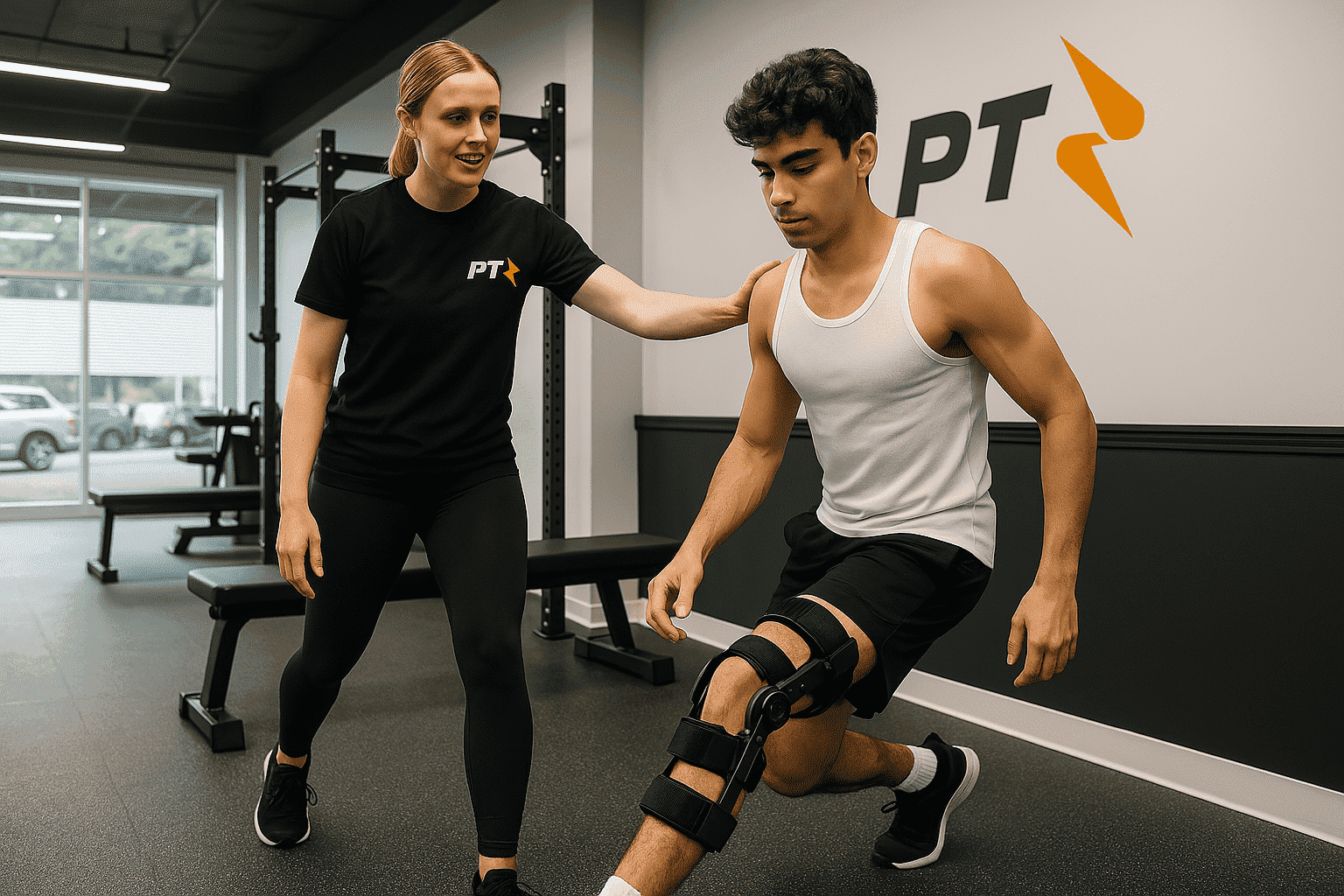
Post-Surgical Rehab is a structured recovery process designed to restore mobility, manage pain, and rebuild strength after surgery, ensuring a safer and faster return to your everyday activities or sports.
-
Physical Therapy for Weightlifters & CrossFit
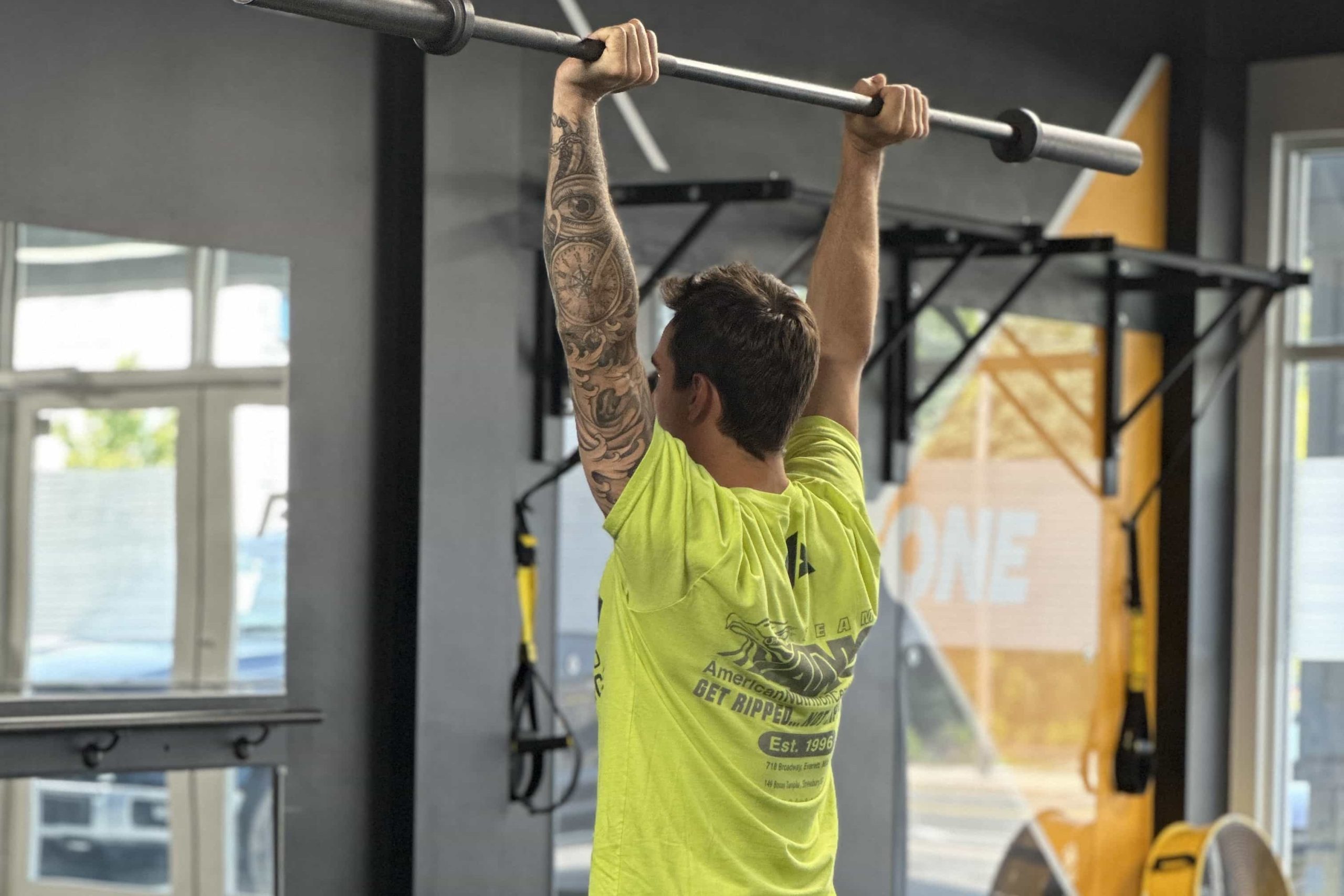
Physical Therapy for Weightlifters & CrossFit focuses on proper lifting mechanics, correcting muscle imbalances, and managing stress on joints to prevent pain, accelerate recovery, and enhance overall strength gains.
-
Physical Therapy For Runners
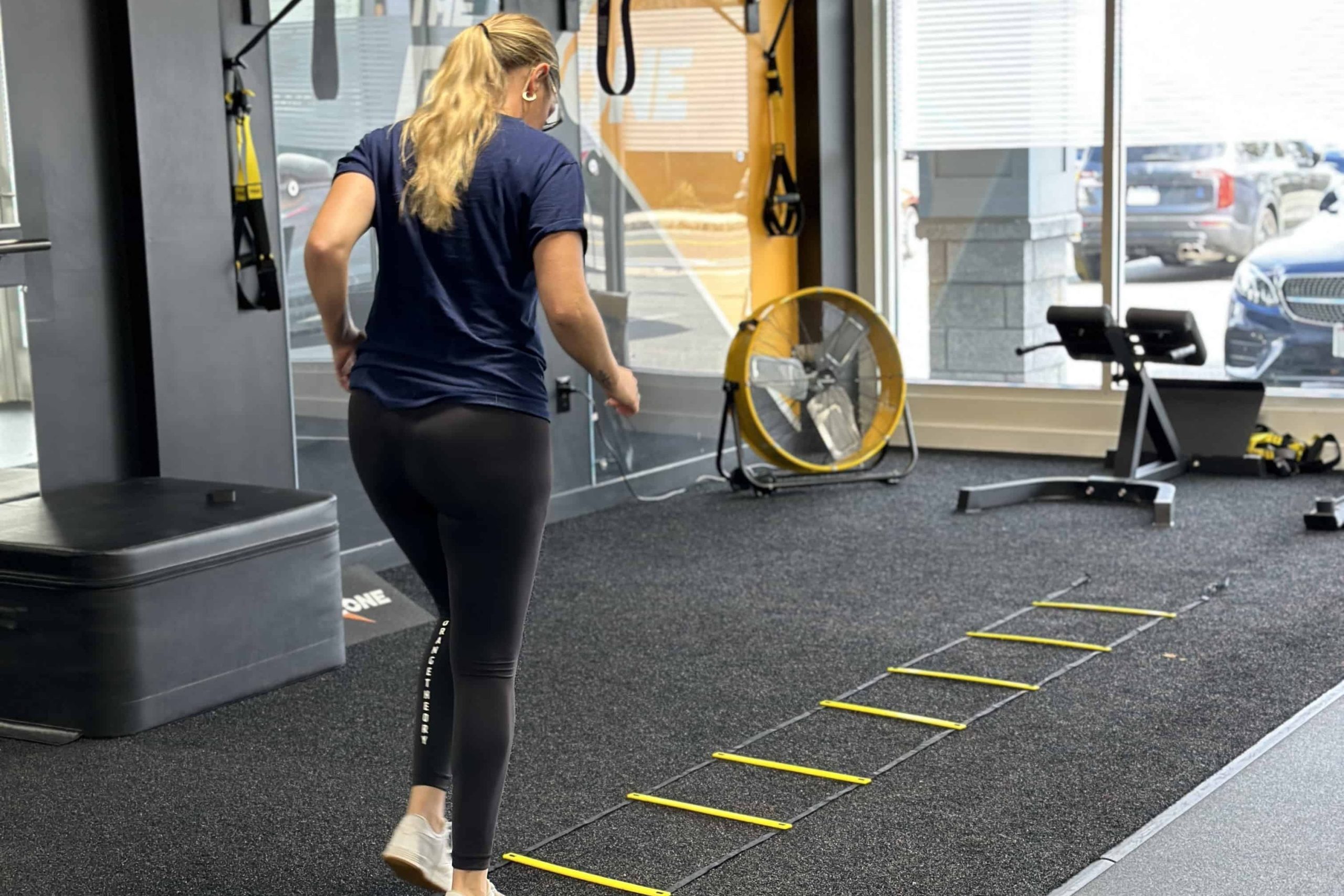
Physical Therapy for Runners focuses on refining running form, addressing muscle imbalances, and enhancing lower-limb stability to prevent injuries and boost performance.
-
Neuromuscular Massage Therapy
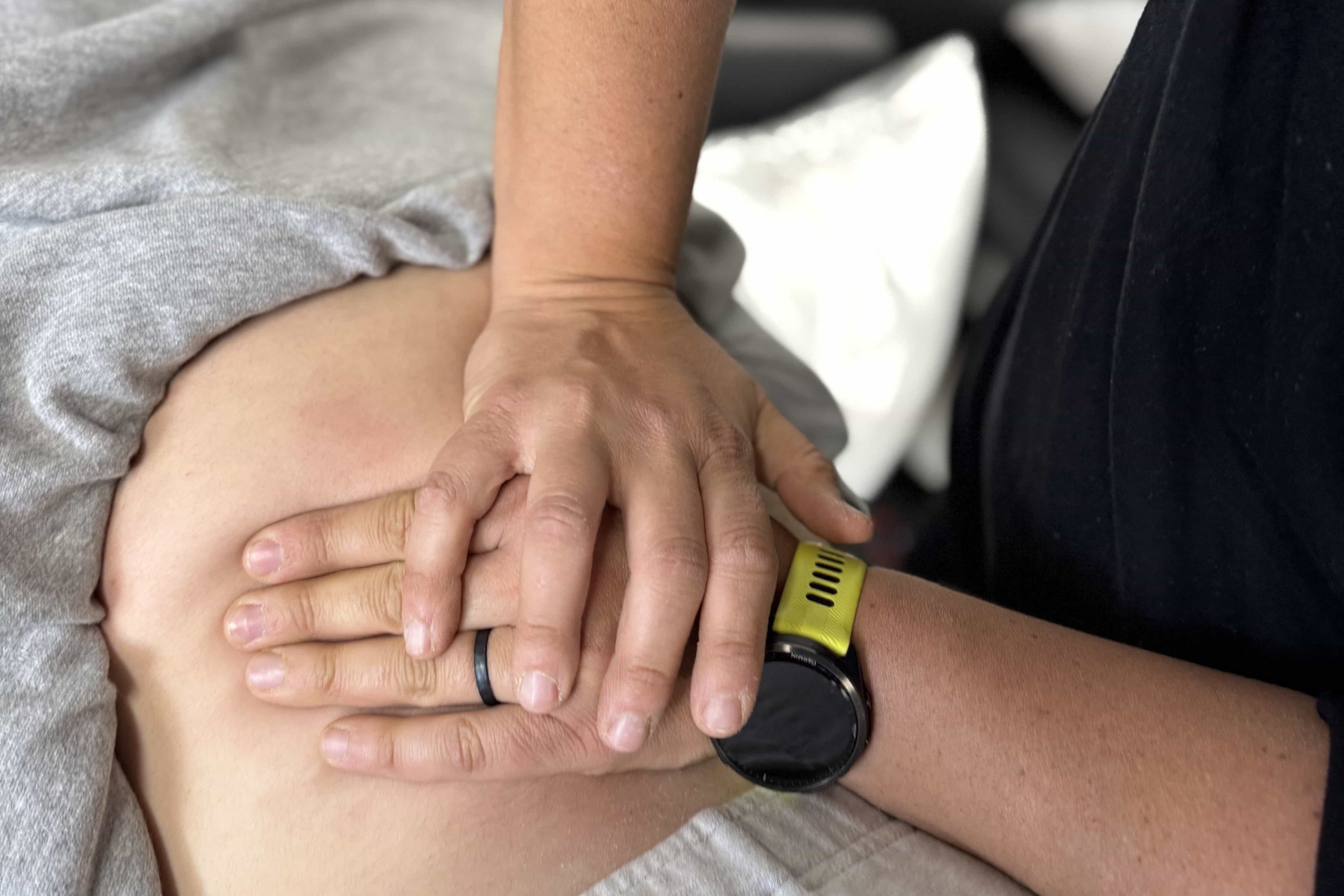
Neuromuscular Massage Therapy (NMT) precisely targets trigger points in muscles and connective tissues, relieving tension, restoring proper function, and promoting long-term pain relief.

At The PT Zone, we’re committed to helping you overcome elbow, wrist, and hand injuries, restoring your comfort and dexterity.
Our comprehensive approach treats both the immediate source of pain and the underlying imbalances that led to it. Trust us to guide you toward a stronger, more functional upper limb, so you can get back to living life without limitations.
Common Questions from Elbow, Wrist, & Hand Injury Clients
1. How long does it usually take to recover from an elbow, wrist, or hand injury?
Recovery time depends heavily on the nature of the injury. A minor sprain or mild tendonitis may respond well within a few weeks, while more serious strains or fractures can take several months of consistent therapy. We’ll continually assess your progress and adapt your plan to promote steady gains in strength and flexibility. By sticking with recommended exercises—both in the clinic and at home—you can often shorten your recovery period and regain normal arm function more quickly.
2. Which signs suggest my forearm pain might need professional attention?
If you’re experiencing significant swelling, persistent numbness or tingling, sharp or worsening pain, or if simple activities like gripping or turning a doorknob become difficult, it’s wise to consult a specialist. These symptoms could indicate nerve involvement or a more severe ligament or tendon strain. Seeking early intervention can prevent the condition from escalating, leading to faster relief and a lower risk of complications. Our professional evaluations also catch any biomechanical factors that might be contributing to ongoing discomfort.
3. Will physical therapy fix my carpal tunnel or tennis elbow completely?
Many common overuse injuries of the elbow and wrist—like carpal tunnel syndrome or tennis elbow—respond very well to a combination of targeted exercises, manual therapy, and activity modifications. While complete “fixes” can depend on factors like how early you start treatment and the presence of underlying conditions, our goal is to reduce pain, restore function, and help you maintain these improvements. By addressing the root causes, such as poor ergonomics or unbalanced muscle use, we aim to provide lasting relief. Continued adherence to therapy guidelines, including at-home exercises, often maximizes long-term results.
4. Can repetitive typing or computer work be done safely while recovering?
In many cases, yes—our therapists can recommend adjustments to your workstation, like proper keyboard placement or supportive wrist rests. Gentle stretches and frequent breaks can also help reduce strain. We’ll work with you to define safe usage limits while your injury heals, ensuring you maintain mobility without overloading sensitive tissues. Gradual reintroduction of tasks at your desk helps you rebuild tolerance while practicing healthier movement patterns, so you can continue working without aggravating the injury further.
5. How important is shoulder and scapular stability in treating elbow or wrist pain?
It’s surprisingly crucial. When the shoulder girdle is weak or misaligned, smaller joints in the arm—like the elbow and wrist—end up compensating. This compensation can lead to overuse, tightness, and pain. By strengthening the muscles around your scapula, we distribute forces more evenly across the upper limb, relieving undue stress on sensitive tendons or ligaments. Improving shoulder stability often translates to better overall arm function and diminished strain in the wrist and hand, making it a key component in our treatment plans.
6. Do I need special braces or splints for wrist or hand injuries?
In some cases, a supportive brace or splint can be beneficial—particularly during acute healing phases or for conditions like carpal tunnel or severe tendonitis. Bracing helps limit stressful movements and promotes restful positioning, allowing inflamed tissues to calm down. That said, not everyone requires a brace, and wearing one too long can lead to muscle stiffness or dependency. We’ll assess whether supportive devices could aid your specific recovery, and if so, guide you on how and when to use them for optimal benefits.
7. How can I prevent these injuries from returning in the future?
Prevention hinges on maintaining balanced muscle strength, adopting proper ergonomics, and knowing your limits when it comes to repetitive tasks. We emphasize educating clients about body mechanics, postural awareness, and timely rest breaks. Regular stretching and targeted exercises can help keep forearm muscles flexible and wrist tendons less prone to irritation. By following the strategies we develop in therapy, you can significantly reduce the likelihood of re-injury and keep your arms functioning at their best.















